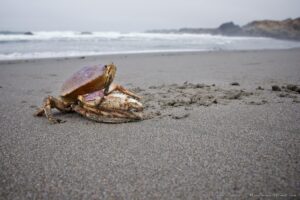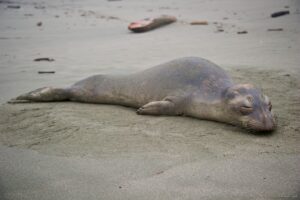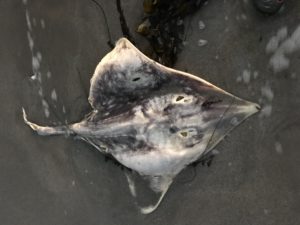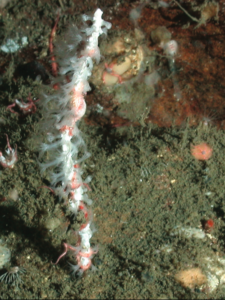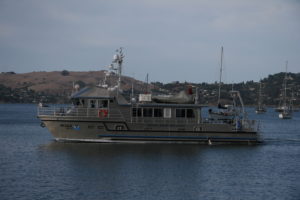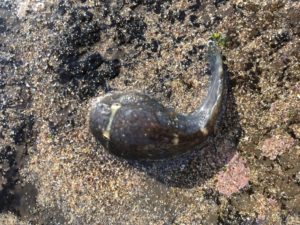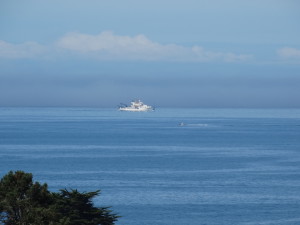GREATER FARALLONES NATIONAL MARINE SANCTUARY SEEKS BEACH SURVEYORS
NOAA’s Greater Farallones and Cordell Bank National Marine Sanctuaries and Greater Farallones Association are seeking community scientists to help collect data on the condition of our sanctuary shores in north-central California. For 30 years, Beach Watch has monitored the presence of bird, marine mammal, oil and human uses on the California coast with the help of community volunteers.
Beach Watch volunteers receive training and monitor an assigned beach segment, collecting data to support the conservation and management of sanctuary wildlife, habitats, and ecosystem. Volunteers identify, count, and photo-document living and dead birds and marine mammals; document human uses of the coast in partnership with MPA Watch; and document and collect oil pollution samples as evidence.
Interested in Becoming a Beach Watch Volunteer? Here's How:
- Register and attend one of the orientations to receive program details and application materials:
- Orientation coming up is a Virtual Orientation Feb 10, 2024 9:30 am-11:00am.
- Be 18+ years old, able to navigate uneven terrain;
- Have a passion or interest in coastal ecology and learning;
- Submit an application;
- Attend all required training, and 80 hours of field and classroom instruction;
- Commit to surveying your beach once every four weeks, for a minimum of one year.
People of all backgrounds and life experiences are welcome and encouraged to apply.
***Visit https://beachwatch.farallones.org/get-involved/ to learn more and register for an Orientation. ***
I added the photos and they are all by the fabulous photographer Craig Tooley. Thanks as always to Craig for allowing me to share his photos. See much more at his website: http://www.ruffimage.com
I hope some of you will become Beach Watch volunteers - you are sure to learn a lot and contribute to science while doing so!
It is storming here this afternoon, Sunday Feb. 4th. There are many power outages including at Rick's and my place in Anchor Bay. I'm thankful for the generator! It's very windy to go along with the drenching rain, and it's coming from a different direction than normal. That causes a lot of trees to fall. Many of the coast's roads are closed. It's a day to stay home and off the roads. May we all come through this river-of[rain event in good shape! I will report on the rain totals soon.

